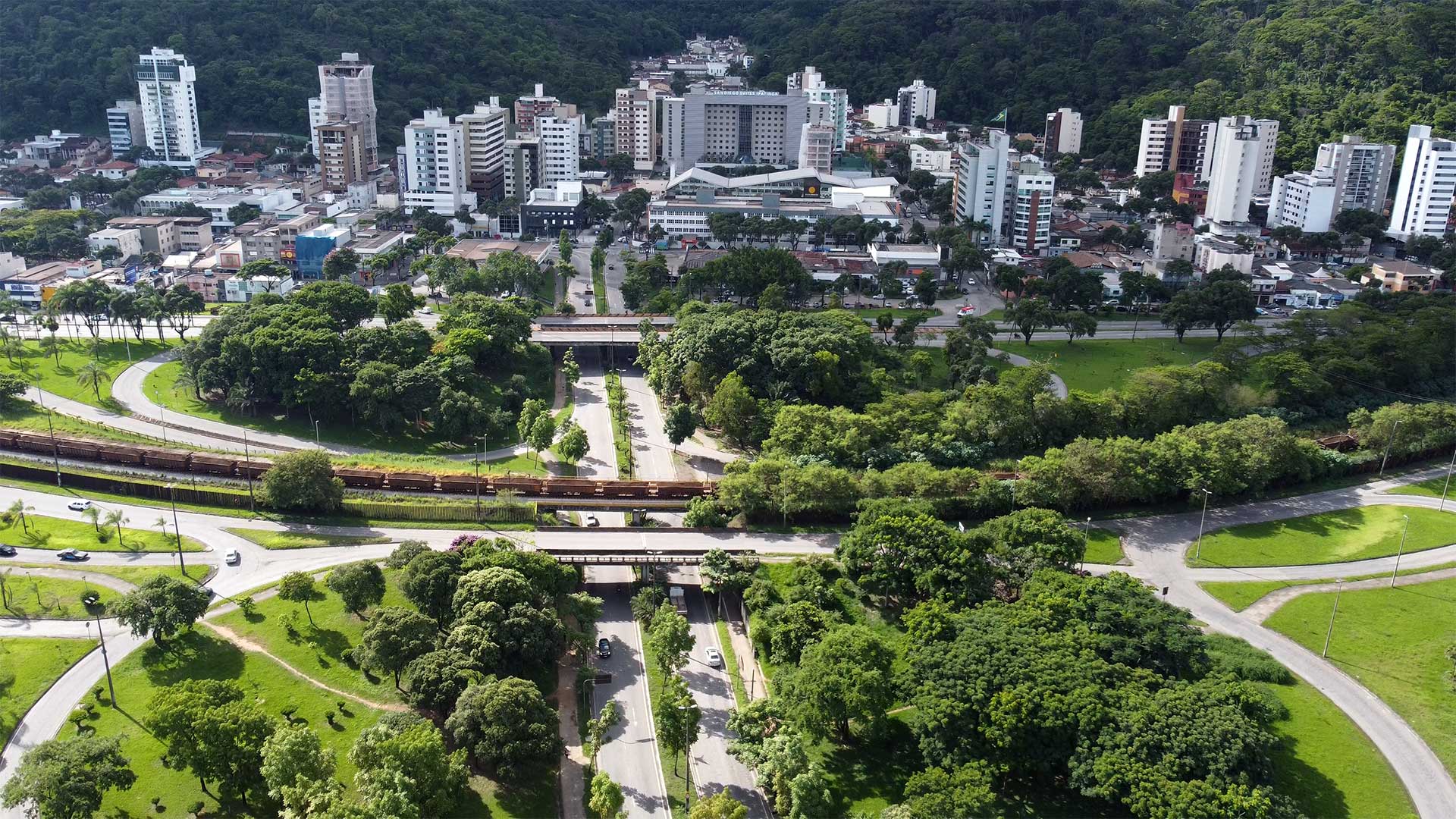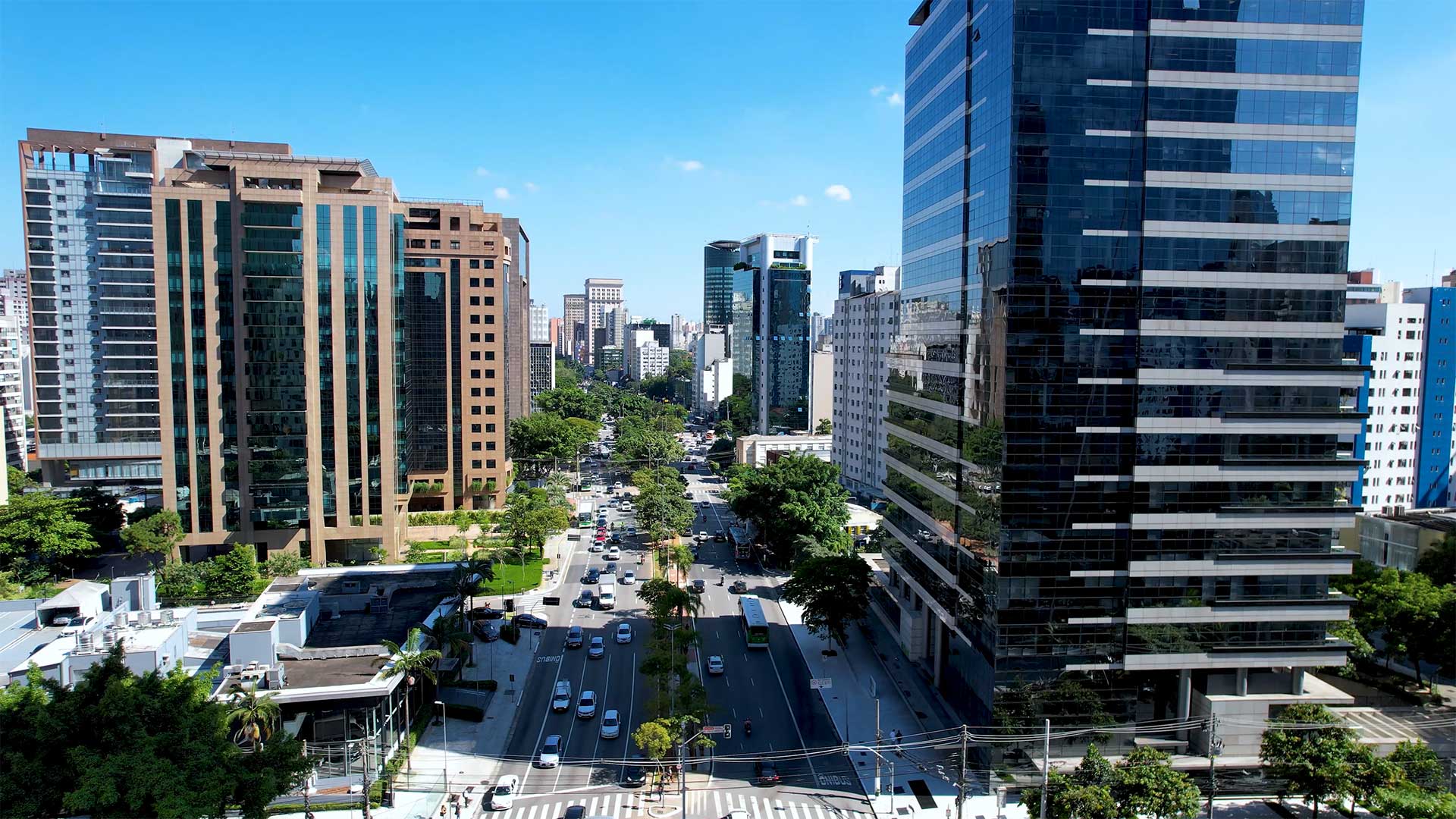
How Brazil is using economic policy to make its citizens’ lives better
Brazil is both the seventh largest country and economy in the world. Its sprawling land is home to over 213 million people, from the formidable megacities of Sao Paulo and Rio to the hundreds of medium-sized cities, rural farms, and indigenous communities – each one with a growing tourist economy and diverse regional culture. But with such a large and dispersed population, how do Brazil’s economic policies meet its citizens’ varied needs?

Digitizing government services enables less bureaucracy and more engagement
Brazil is a leader in digital government, ranking second in the Americas – a position that is helping to better the lives of its citizens.
For many around the world, simple life admin such as renewing a driver’s license, updating a work permit, or claiming retirement benefits is an unnecessary headache, but not in Brazil. A staggering 4,800 services have been rendered fast and uncomplicated by the government’s GOV.BR, which works to decrease bureaucracy. It makes public procedures so easy to engage with that almost 2/3 of Brazil’s total population has registered.
When vulnerable elderly and infirm citizens needed access to crucial administrative services during the pandemic, the government enhanced the GOV.BR further by deploying facial recognition technology. It allowed over 44 million citizens to access benefits digitally, cutting back on bureaucracy and avoiding the potential health risk of visiting government offices in person.

Connecting citizens to their great outdoors and each other
As a country that spans over 8.5 million km², providing access and connectivity to all of Brazil’s citizens is a mammoth challenge. Yet, the last few years have seen significant breakthroughs, improving millions of lives as a result.
The great outdoors is even greater when it’s more accessible for all to appreciate and, as custodians of the Amazon Rainforest, Brazil takes its role in preserving and enhancing the environment seriously. In recent years, it has created 5,500km of “RedeTrilhas” (hiking trails), added 30 fully wheelchair-accessible trails, hired additional firefighters to protect their precious environment, and installed Wi-Fi antennas in 20 parks to improve connectivity.
This interconnected ecosystem is high on the agenda for Brazil. Government-sponsored hotspots provide a free Wi-Fi network to 8.5 million citizens, covering 11,000 schools, 1,000 healthcare facilities, and 475 indigenous communities.
Brazil has been a pioneer in expanding its 5G capabilities, holding its first public auction in November of 2021. The aim is to install 5G in all capitals by the end of 2022 while expanding 4G to smaller, rural municipalities and highways – further connecting and modernizing its communities and throughways.
Putting conservation under a new lens with new recycling and land management
The improved accessibility to recycling has been lauded as a great success, with Brazil now boasting one of the highest levels of aluminum can recycling in the world: in 2020, it set a record with 97%.
It’s about focusing on the value recycling can bring to citizens and using that as a means to encourage the responsible disposal of easily-salvaged products like oil, tires, computer parts, and batteries. Last year, the country recycled 15 million car batteries and 465 million liters of lubricating oil.
And behaviors are having a knock-on effect for the better. The country closed many of the dumps around the country between 2019 and 2022, with greater efficiencies planned for the future.
By shaping a more connected society and accessible environment, Brazil is improving citizens’ lives and their surroundings. It has begun to deliver tangible results, specifically when it comes to the digitization of government platforms, and it now stands to bring new efficiencies to its entire population.

